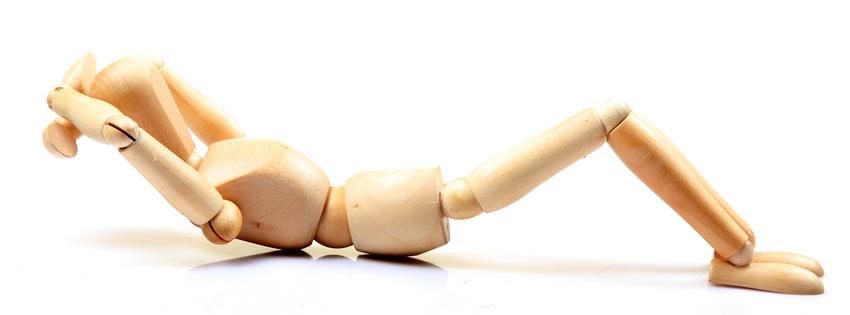55 Plus: How to avoid common aches and pains of aging
Published in Senior Living Features
One of the biggest complaints that come with aging is painful stiffness that begins to affect certain joints - like the knees, hips, and shoulders. But a little work on your part can help prevent that pain. The equation is simple and involves only two things: joint cushioning and synovial fluid.
For those who wonder "What's that?" joint cushioning is the slippery cartilage at the end of each bone, the same substance you see on the ends of chicken leg bones. This slippery stuff works like a shock absorber, letting the bones of a joint slide over each other without impacting the bone itself. According to the Schiff Vitamins website, Synovial fluid is like "... oil in your car ... It lubricates your joints for smooth movement." It has the consistency of egg whites.
Here's the science: when you're young, synovial fluid is always there in your synovial joints. But as you get older and less active - starting in the late teens and early 20s - the automatic supply of that lubricating fluid stops. It then only flows when the joints are active, as with physical activity or a gym workout. At first, the fluid comes quickly once the joint begins to move. But with the years, it takes longer and longer for synovial fluid to begin flowing between the ends of the bones in a joint. Once you hit the late 40s, it may take up to five minutes of movement to get the fluid there to lubricate the joints; which is one reason why a good warm-up is so important.
Another cause of age-related pain is that with the years, the amount of synovial fluid your joints can produce will decrease, while at the same time, cartilage gets thinner. It's harder, and sometimes even painful to move the joints. This is the time to remember another bit of science: the human body always adapts.
If you work through the stiffness with physical activity, your supply of synovial fluid will not only increase, but it will begin flowing more quickly. However, it's extremely important to first check with a rheumatologist, who is basically a bone doctor, to make sure the pain and stiffness are caused by age and not moving enough, and to be sure that it's not arthritis. You may need to avoid overuse of arthritic joints because overuse can inflame them even more.
If you want to eliminate stiffness in your joints, and your doctor gives you the 'go' sign, start with a plan. Don't be an eager beaver and rush to make your joints feel young again. That will just traumatize the tissues and lubrication systems. Instead, start with an easy walk on paved sidewalks for 20 minutes to half an hour twice a week. You'll be bending your joints, especially if you also swing your arms while walking. After about 15 walks, make your pace brisker.
By that time, the stiffness and aching in your joints should have decreased. But if they are more painful, or if the skin over a painful joint feels hot to the touch, go back to the rheumatologist and find out what's wrong. Most of the time, the diagnosis will be, "Too much, too fast."
But if you plan carefully to take care of your synovial fluid and cartilage, you'll probably never have to worry at all about your joints.
Visit Adventure Sports Weekly at www.adventuresportsweekly.com







Comments